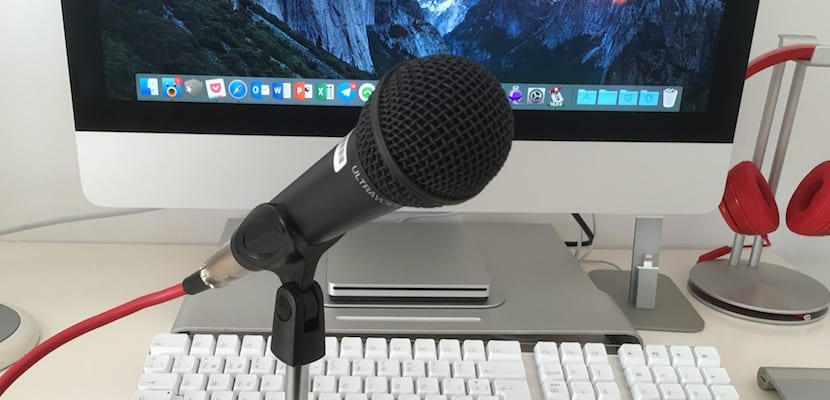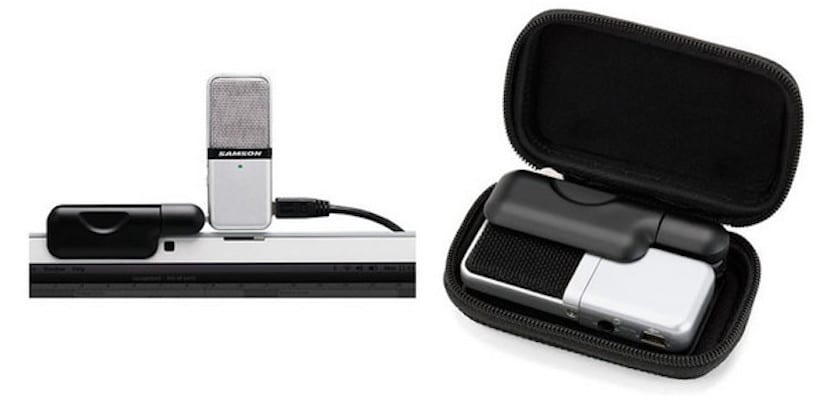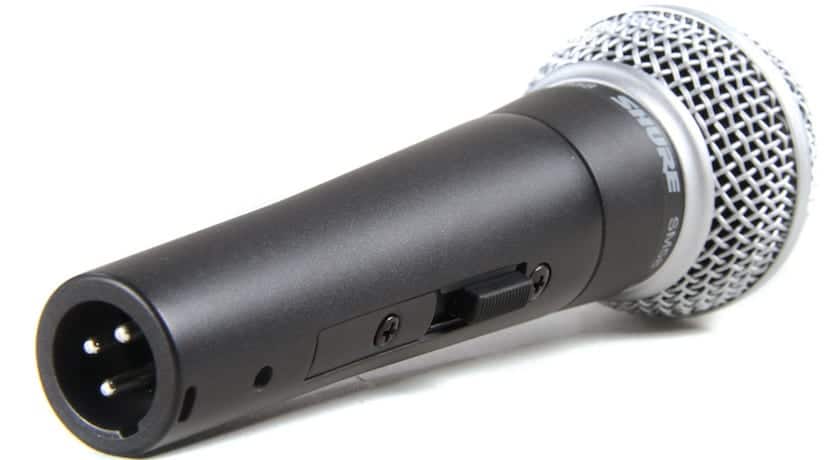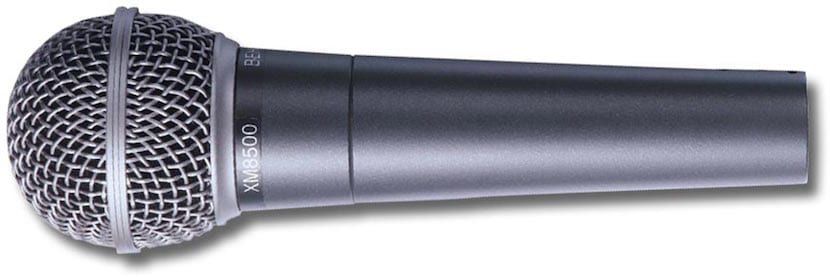
Choosing a microphone is not an easy task. As often happens in everything related to technology, cheap in the end usually turns out to be expensive, and expensive does not guarantee that it is the best for your purposes. The microphone offering is huge and the different types of microphones are well suited to some needs but not suitable for others. Dynamic or condenser? XLR or USB? Omnidirectional or Cardioid? In this article we will show you what are the different types of microphone and in which situations they are best suitedIn this way you can choose with less risk of making a mistake and knowing what you are spending the money on, because spending more does not always mean that you will have better results.
Microphone types
There are many ways to classify microphones but here we are going to focus on the most important ones:
- Depending on the type of connection: USB or XLR.
- According to its directionality: omnidirectional or directional.
- Depending on the type of membrane: dynamic or condenser.
USB or XLR
Usually when you start in the recording world you look first at USB microphones. They are cheap and offer you everything you need without having to buy other accessories. The sUSB microphones are connected to your computer through the cable they incorporate and you can start working with them. However, everyone who decides on this type of microphone will eventually make the leap to XLR. USB mics generally offer poor build quality, at least those in the more affordable price range, and the audio you get with them is just as low quality. They are usually microphones therefore suitable for occasional use without great demands.
XLR microphones often offer many more options when choosing the model, and Although the microphone itself is not usually expensive (although there is everything) it needs more accessories to connect it to your computer. A mixing console that is connected via USB to which you will connect the microphone is required, or at least a simpler XLR interface than the mixing console. A few days ago I gave you a review of the mixer Behringer Q802USB that for price and performance is an excellent option to combine with this type of microphones. In return, when you want to change the microphone, you can easily do it while keeping the rest of the equipment, and the sound quality you will get will be much better.
Omnidirectional or directional
Depending on how they capture the sound, you can choose between omnidirectional (from all directions) or directional. Among these the most common are the "cardioids"so called because they capture the sound as a "heart", prioritizing what is right in front of it and ignoring what is just behind it.
Omnidirectional mics offer a huge variety of sounds since they capture everything that surrounds them, so they are ideal when we want precisely that, but nevertheless if what we want is that We only listen to ourselves without being disturbed by the cars that pass by, we must then choose a cardioid micro that only picks up our sound and rejects the rest.
Dynamic or condenser
Dynamic microphones are very robust, they will last you a lifetime unless you mistreat them intentionally. They are also resistant to humidity. They don't need a power source to work, which is very interesting, and they handle high volumes very well without distortion. They tend to be less sensitive to the noises around us, but nevertheless they are very prone to producing "pops", an annoying noise that occurs when the letter "P" is pronounced and that is easily eliminated with an "anti-pop" filter.
Condenser microphones have higher audio quality but as long as it is recorded in optimal conditions. They are very sensitive and capture all kinds of noises, so if you record in a studio with padded walls and in silence the result will be excellent, but if you do it in your room as a general rule they will give you more of a headache because it will capture all kinds of vibrations, echoes, noises from outside ...
Examples of microphones

The Samson SAGO Mic is a perfect example of what a USB microphone can offer us. It is a condenser microphone and it can be omidirectional or cardioid thanks to a switch on the side. A very reasonable price (€ 35-40), a very simple handling and an ideal design to always carry with you. A single USB cable to connect it to your computer serves to give it enough power to function, and it also has a headphone output to monitor the audio. However, the sound quality it offers us is sufficient to accompany small video recordings but not to achieve optimal results. You have it available on Amazon right now for € 33.
The Blue Microphones YETI microphone has long been one of the most recommended for podcasting. A not very high price (125-150 €) and its USB connectivity make it a great candidate for those looking for something simple and affordable. This is a large diaphragm condenser microphone, which means it will catch every last fly flying in your room. Although it offers the possibility of selecting different patterns (omnidirectional, cardioid, bidirectional ...) it is recommended to use it in rooms equipped for recording and thus avoid annoying echoes and other noises. You have it available on Amazon for € 126.
One of the more affordable options with good results (for the price it has) is the Behringer Ultravoice XM8500. A dynamic cardioid microphone with an XLR connection that will be more than adequate for most situations. I am the one I use with the mixer that I indicated before and the result is quite good, without capturing the echo of the room. As with these types of mics, pop is a problem but it can be minimized by speaking at the appropriate distance or by buying a filter. It is priced at € 19,90 on Amazon which makes it an ideal option to start your recordings.

One of the best options for podcasting recordings is without a doubt the Shure SM58 microphone.. Like the previous one it is dynamic, cardioid and XLR. The audio quality it achieves is very good and that is why it is the choice of many podcasters, rock bands and even preachers in America. Obviously its price is higher than the previous model that I mentioned, reaching the € 125 on Amazon.

